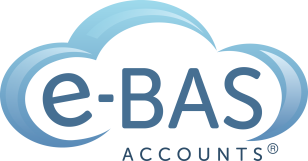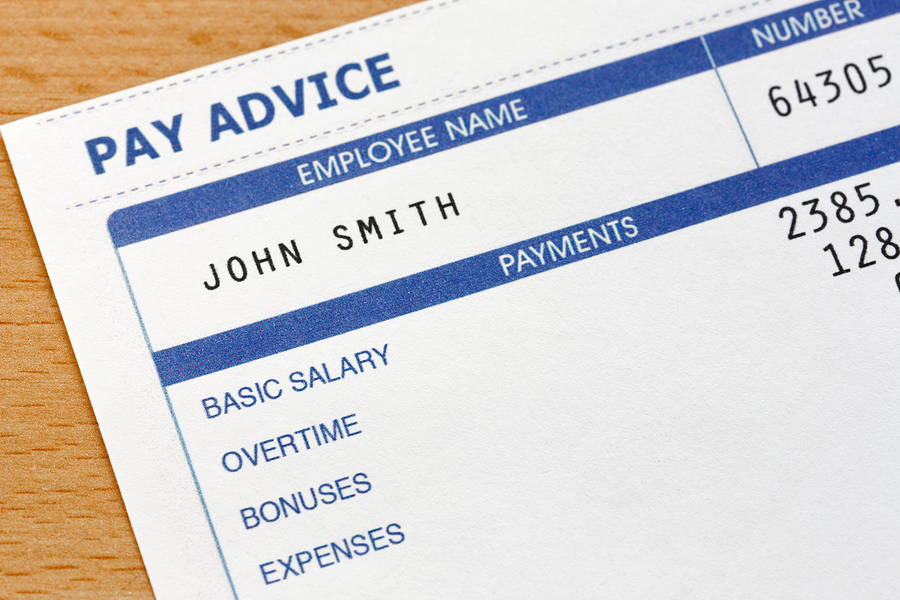Wage Theft Legislation is Coming! Review your Payroll Now!

On 1 January 2025, Wage Theft Legislation will be enacted. This legislation is part of the Federal Government’s “Closing Loopholes” laws which effectively change the Fair Work Act.
Wage Theft Legislation will make it a criminal offence to underpay wages deliberately. Penalties could be $7.825 million or more for a company and $1.565 million or more for an individual and/or 10 years in prison. The Fair Work Ombudsman will be responsible for investigating possible wage theft cases.
These are very hefty penalties indeed. No one wants to be at the pointy end of these new laws therefore, in my opinion, reviewing your payroll set-up now and ensuring it is completely compliant, would be a good idea. To that end, conducting a payroll audit is necessary.
How to Audit Your Payroll Set-up
A payroll audit includes a review of payroll practices, systems and outcomes, all underpinned by complex regulations that vary at the federal, state and territory levels. It looks at employee classifications, pay rates, entitlements, and record-keeping.
The Fair Work Ombudsman has provided a step-by-step guide to auditing your payroll. You can download it here. The guide assists in reviewing payroll records, assessing the findings and finally, providing solutions for any issues raised.
Further to the above guide, the Australian Payroll Association recommends taking these 5 steps to assist with the audit process:
- Engage a Specialist – a payroll specialist can review your current set-up and identify any gaps or areas of risk that require addressing.
- Educate your Team – make sure your team is across the new Wage Theft Legislation. Provide training and education in any areas of payroll legislation in which your team are lacking.
- Leverage Technology – Modern payroll systems help avoid non-compliance issues. If your payroll technology is outdated or not up to par with Australian requirements, consider upgrading to a system that automates calculations and processes for better compliance.
- Document Everything – Ensure all payroll processes are well-documented and records are meticulously kept to prove compliance, aid transparency, and defend your organisation in disputes.
- Regular Reviews – Once your payroll is fully compliant, ensure regular payroll audits are conducted to catch and correct any discrepancies before they create significant issues.
With the introduction of Wage Theft Legislation, employers are encouraged to be proactive and conduct a thorough payroll audit to ensure compliance. Doing this now, and making it a regular process going forward, will ensure that employers are well-placed to avoid becoming embroiled in criminal proceedings and potential sanctions.
Wage Theft Legislation is Coming! Review your Payroll Now! Read More »


